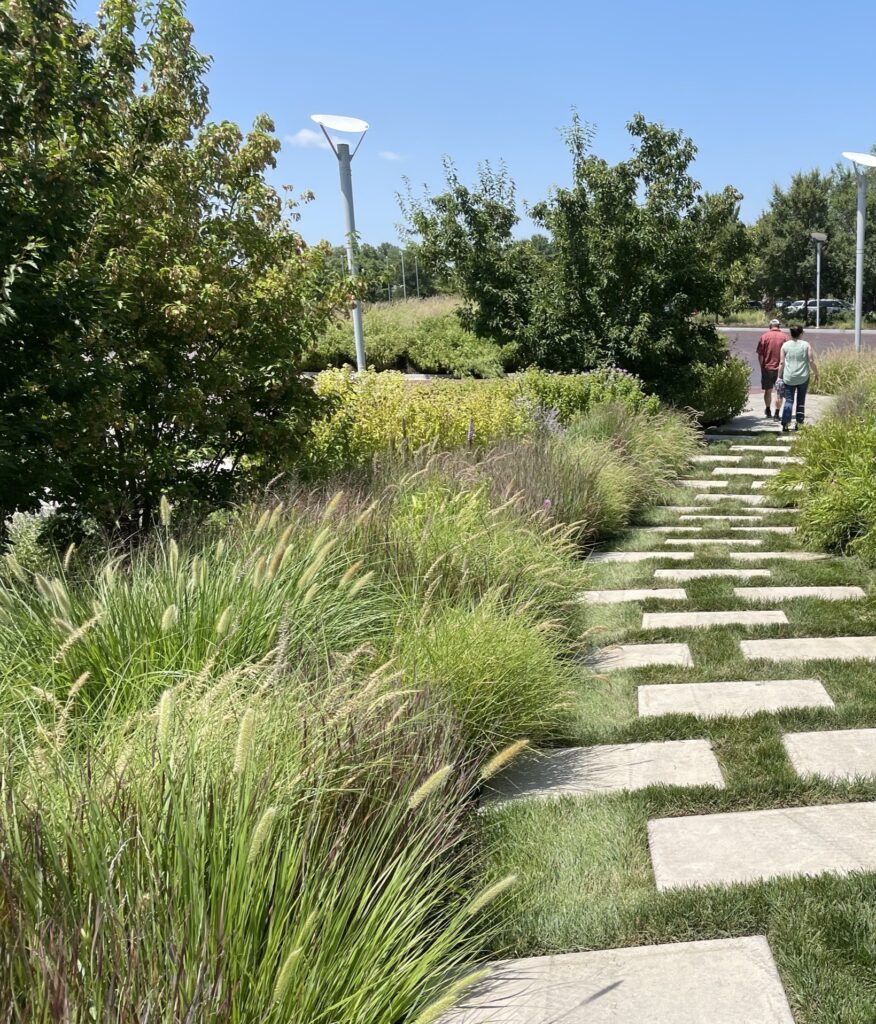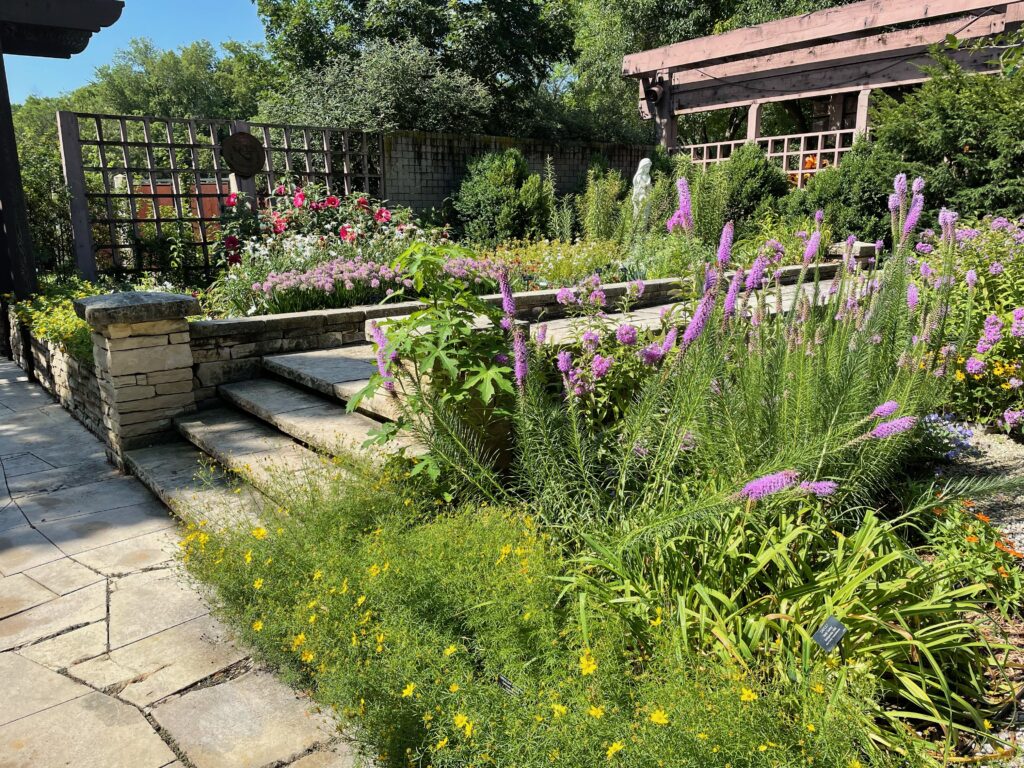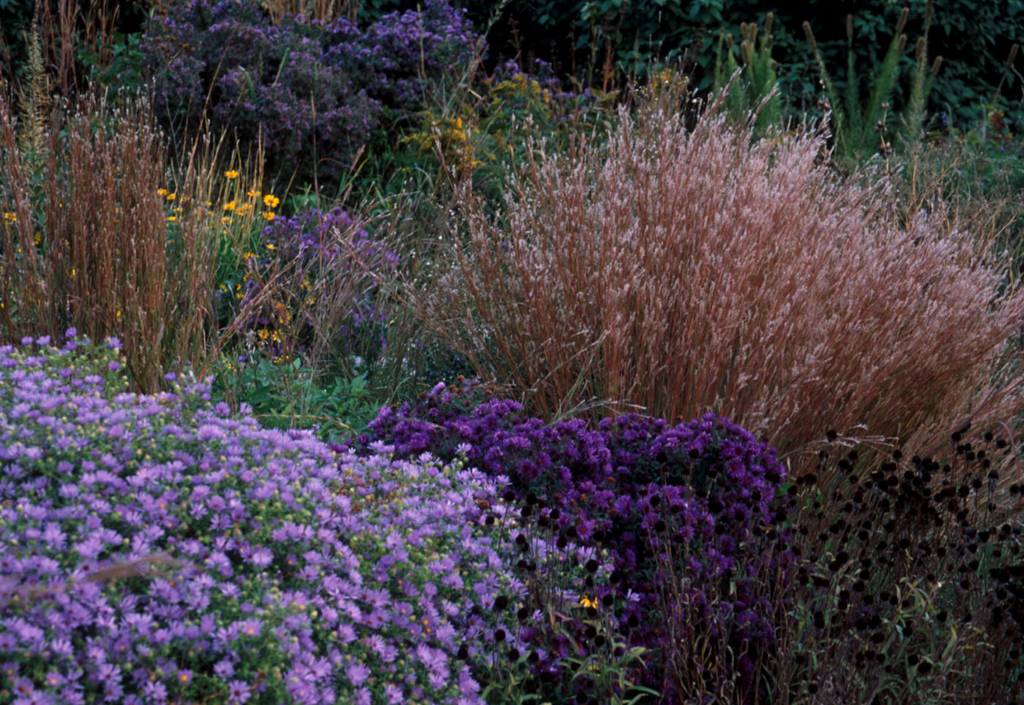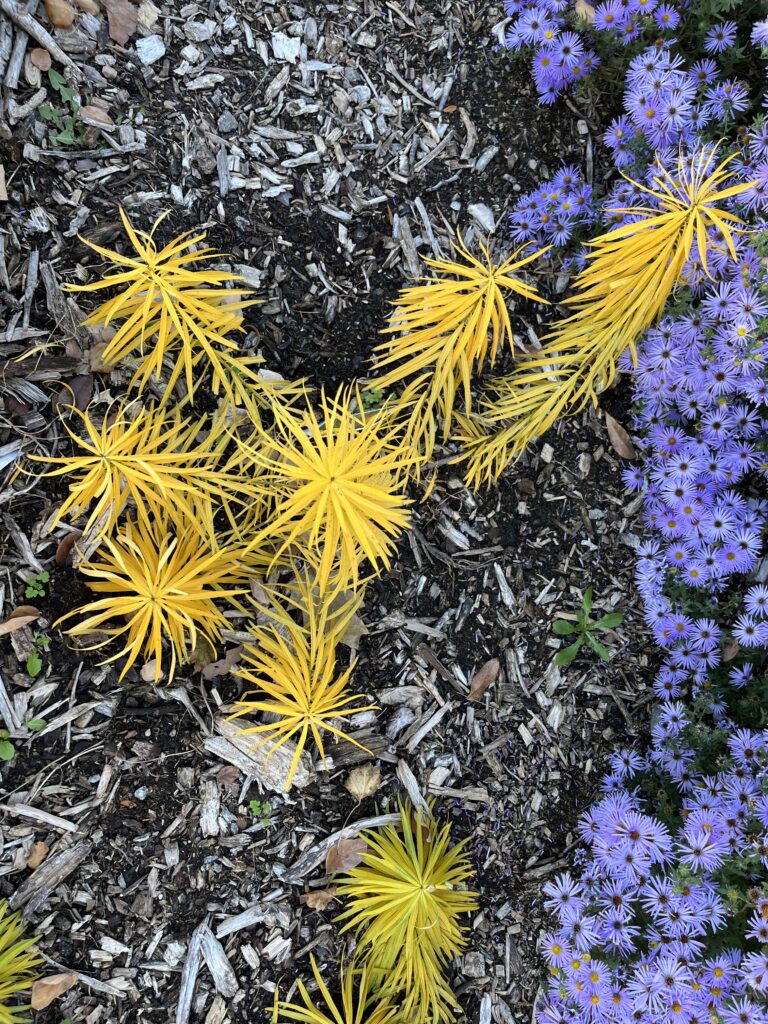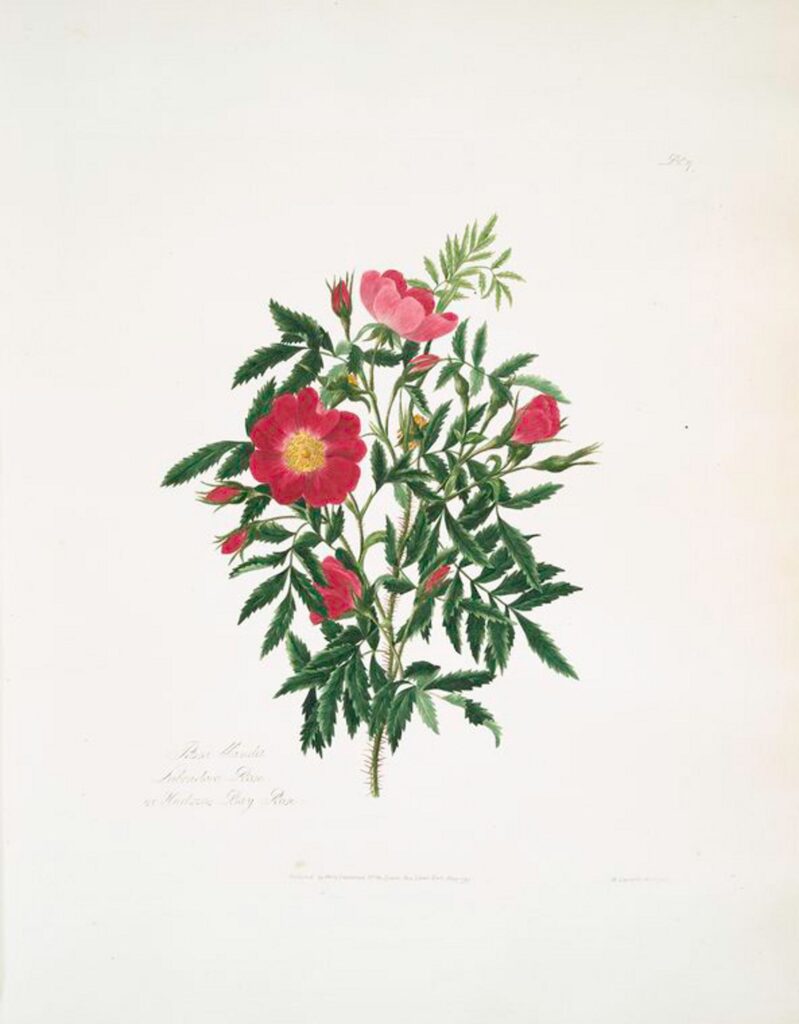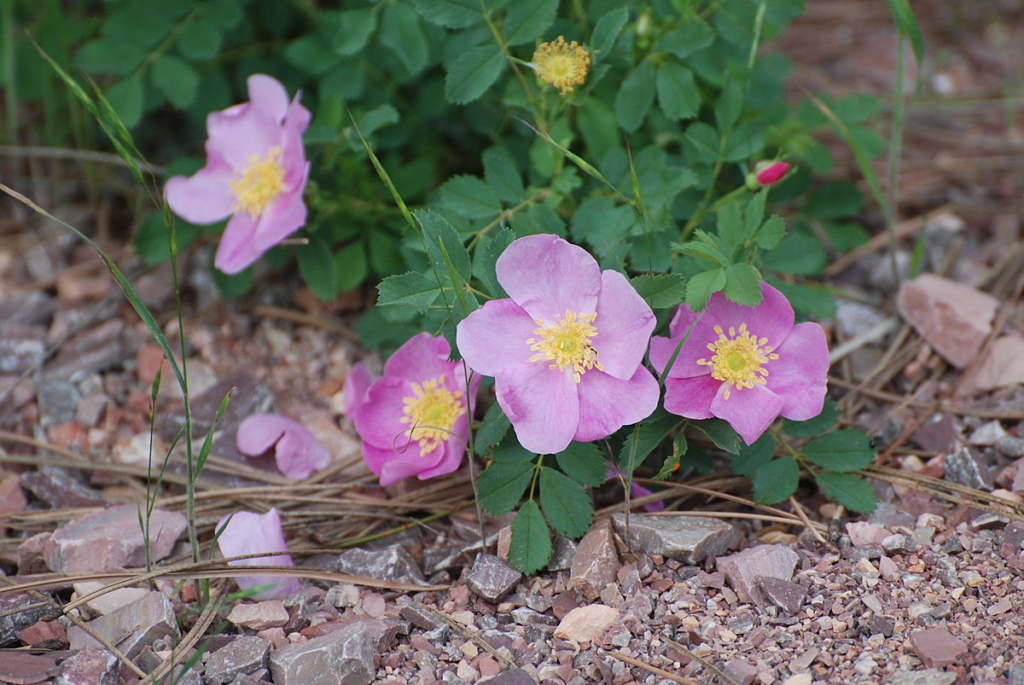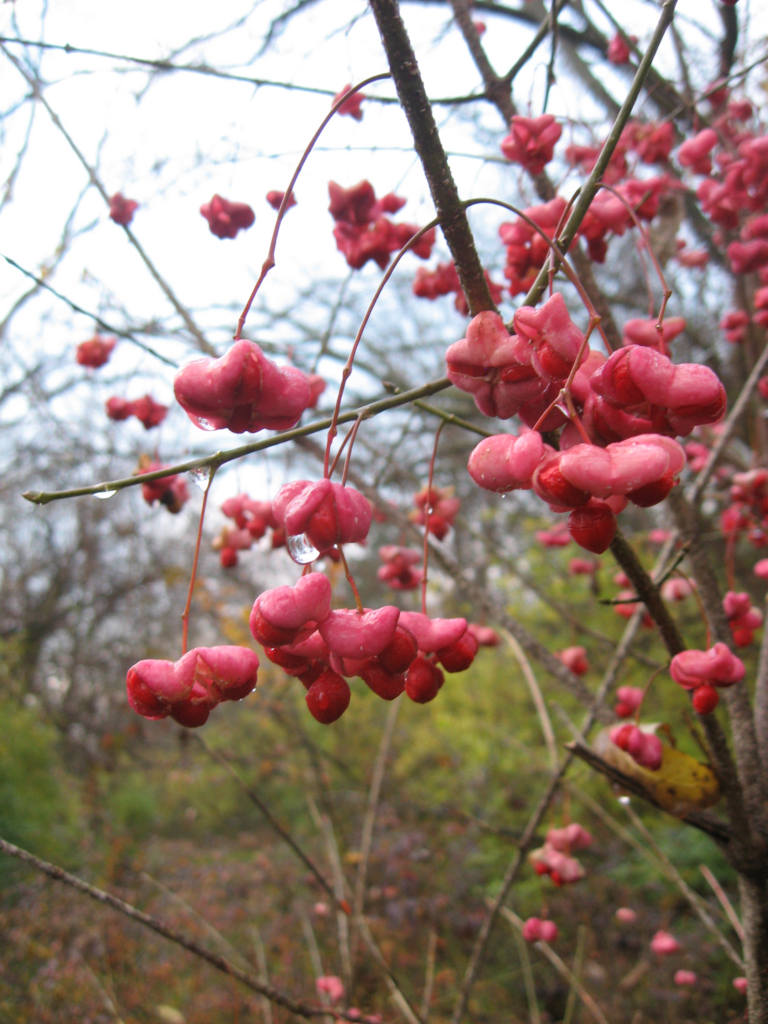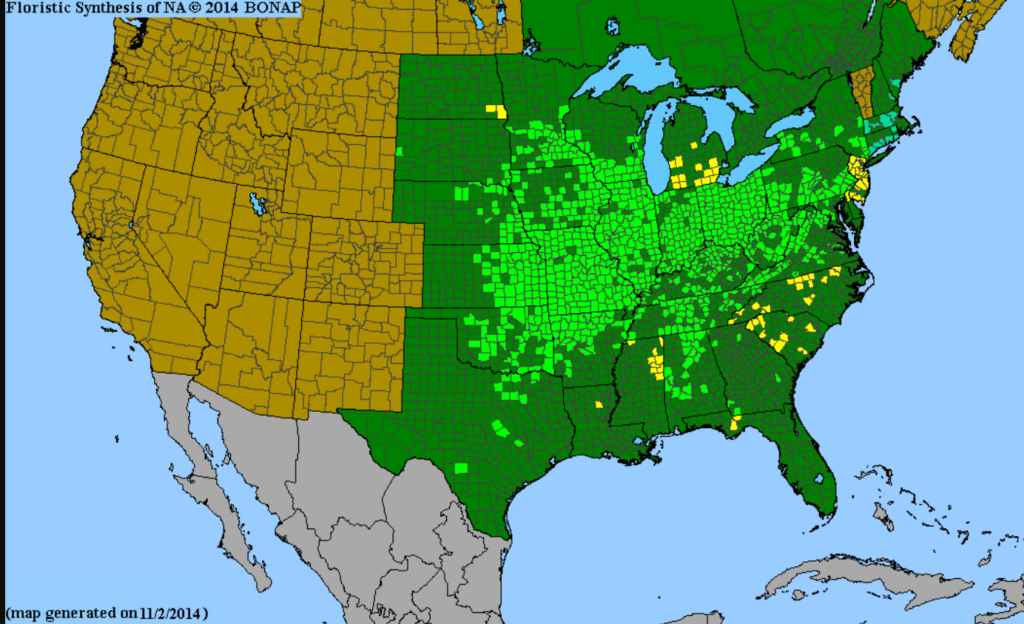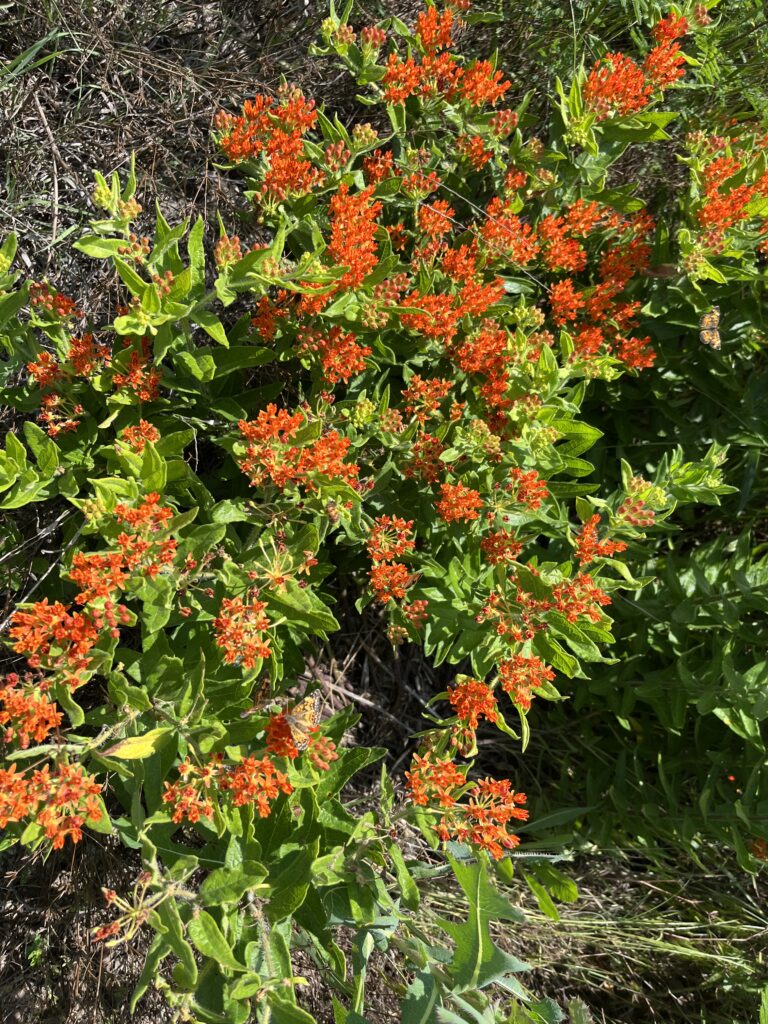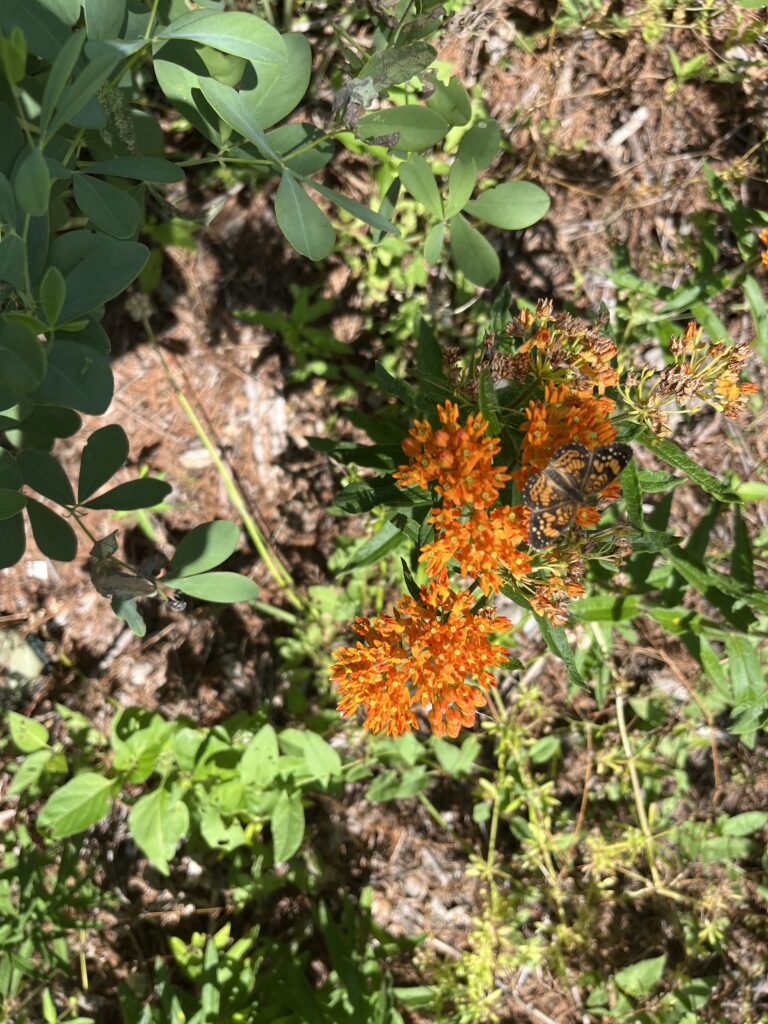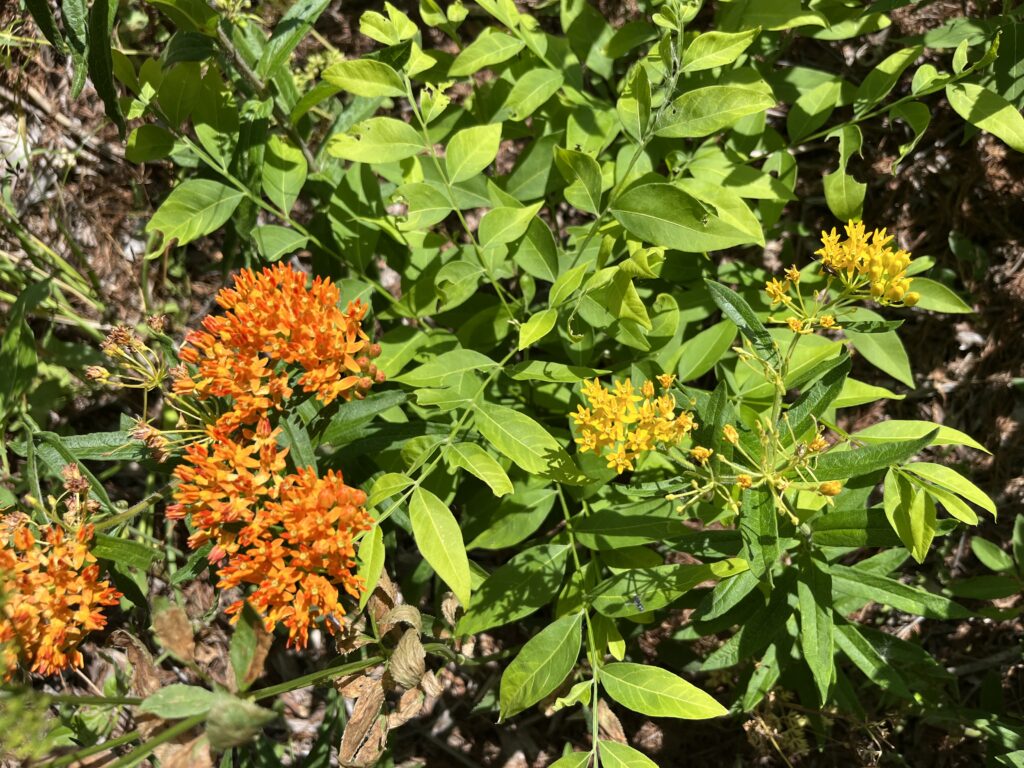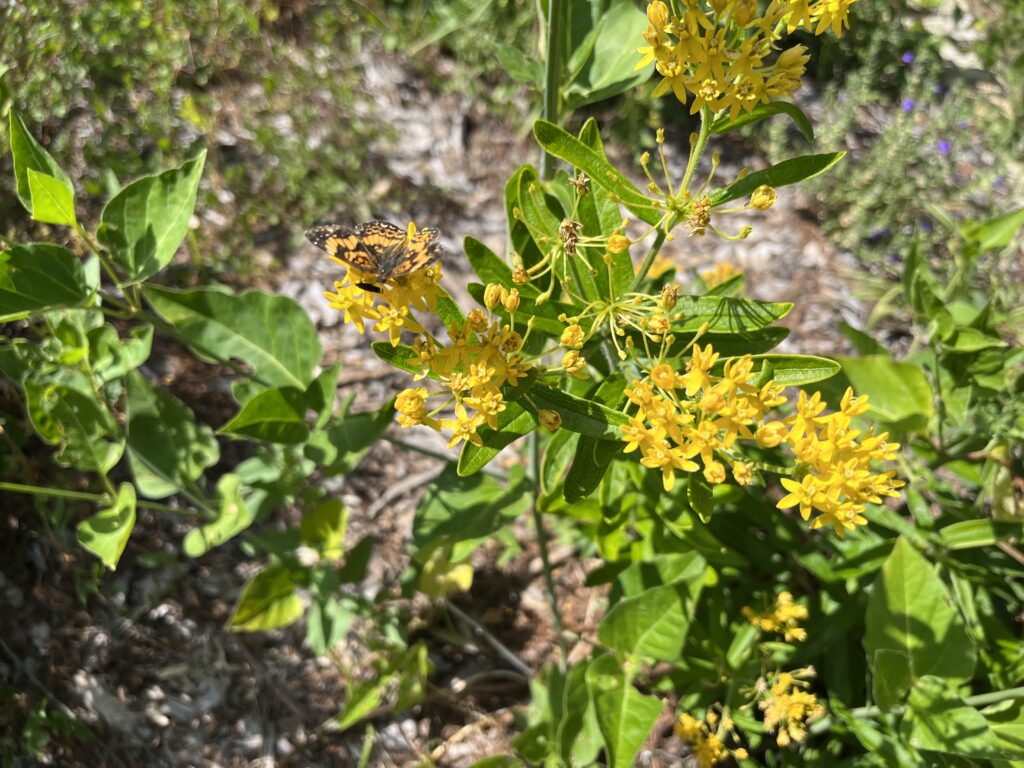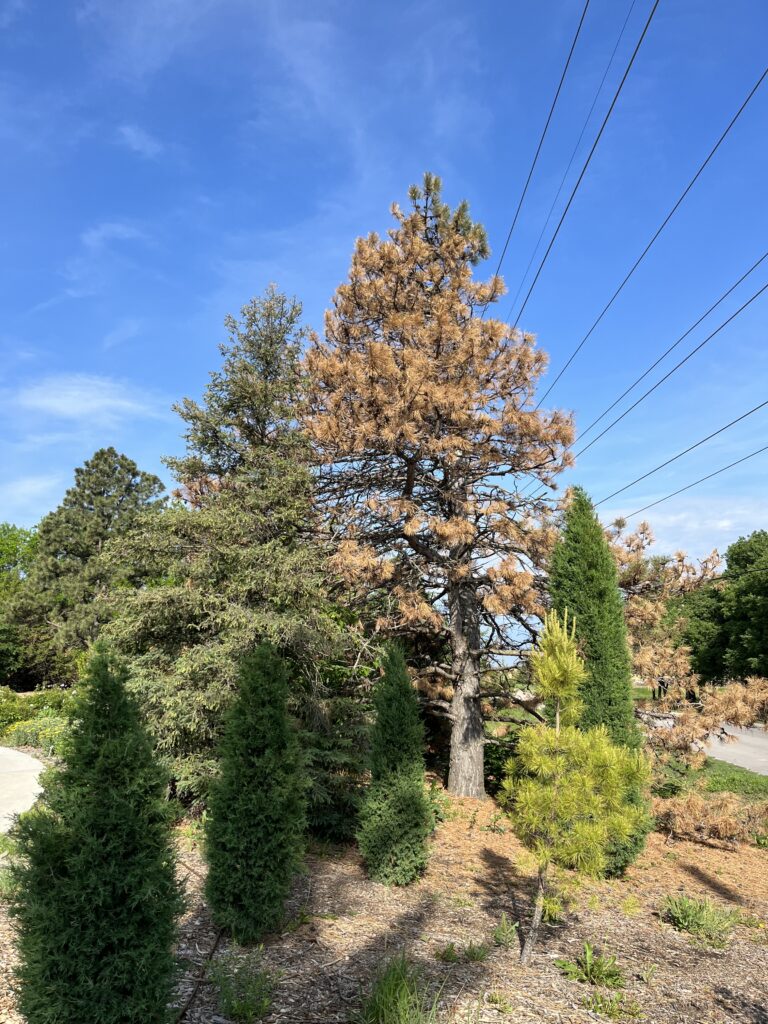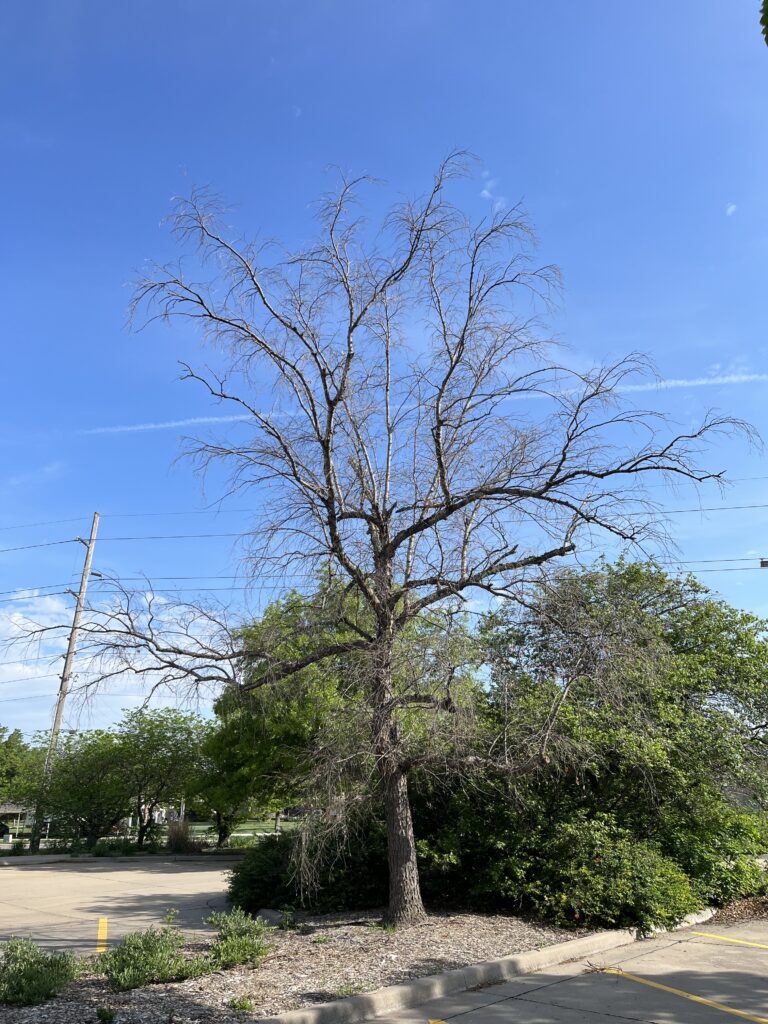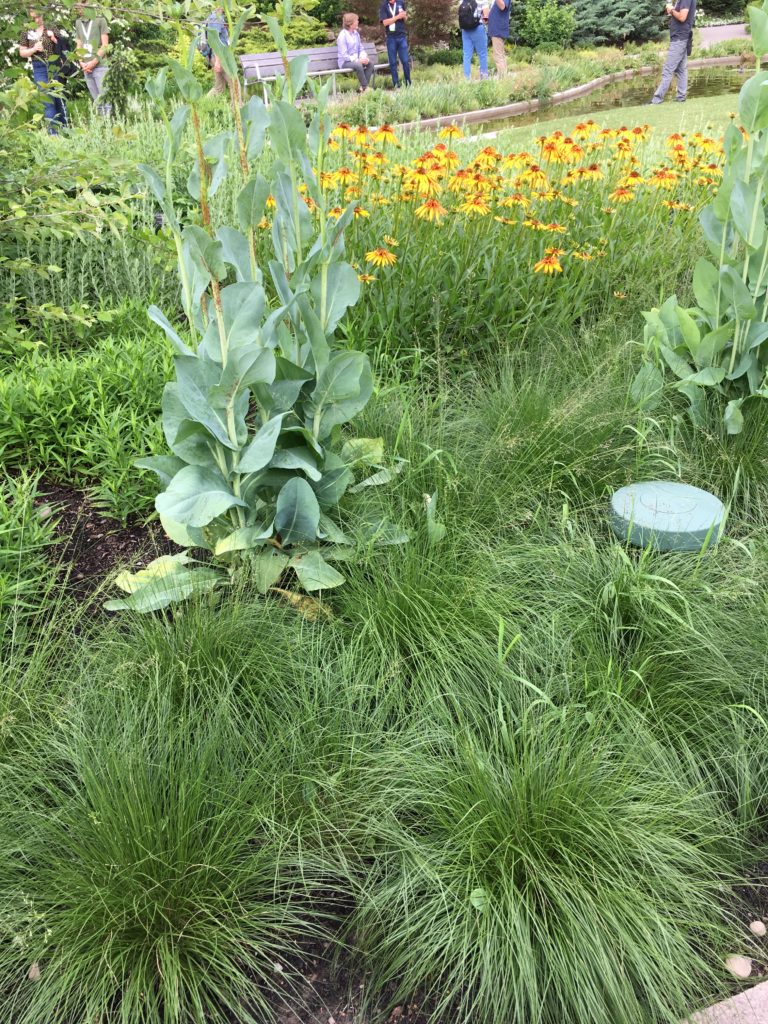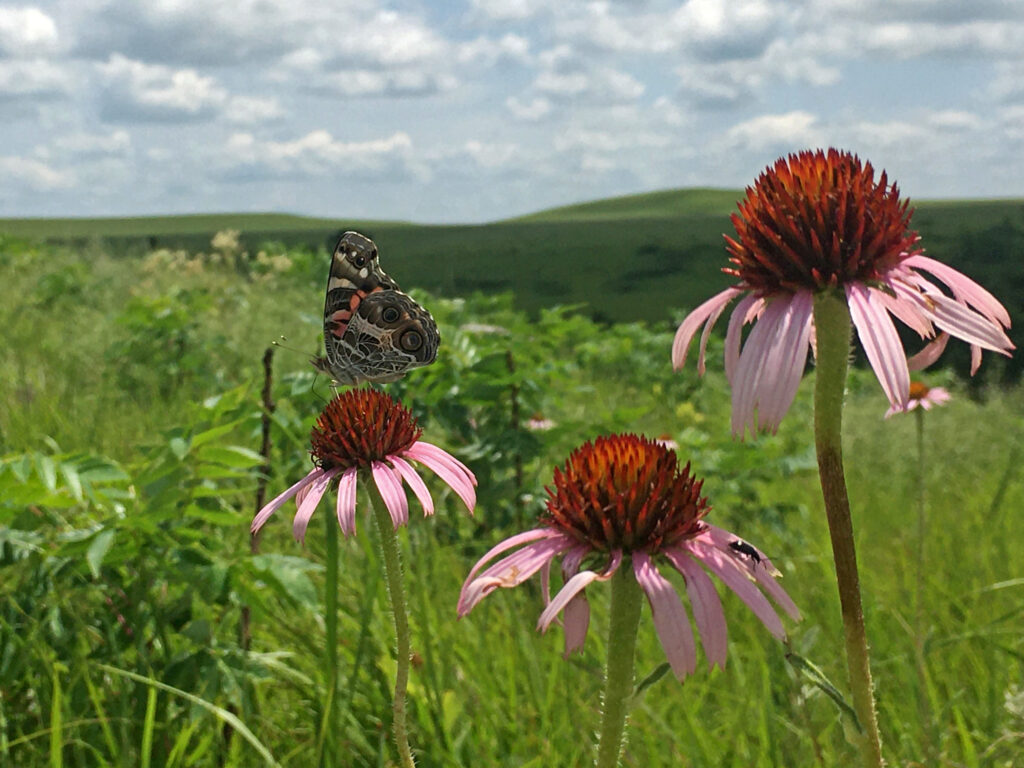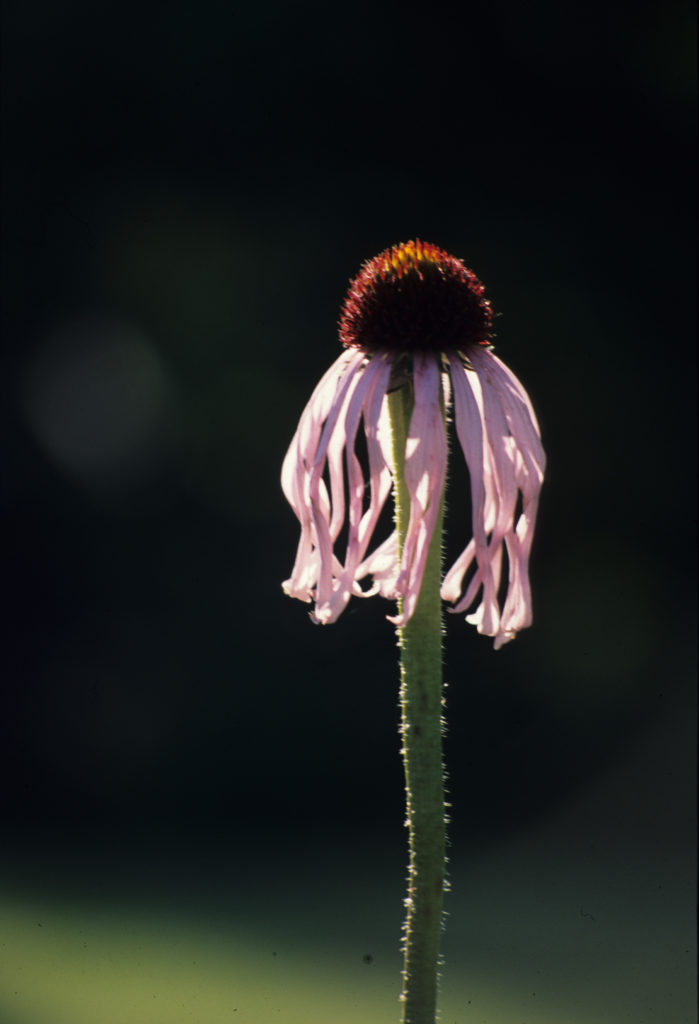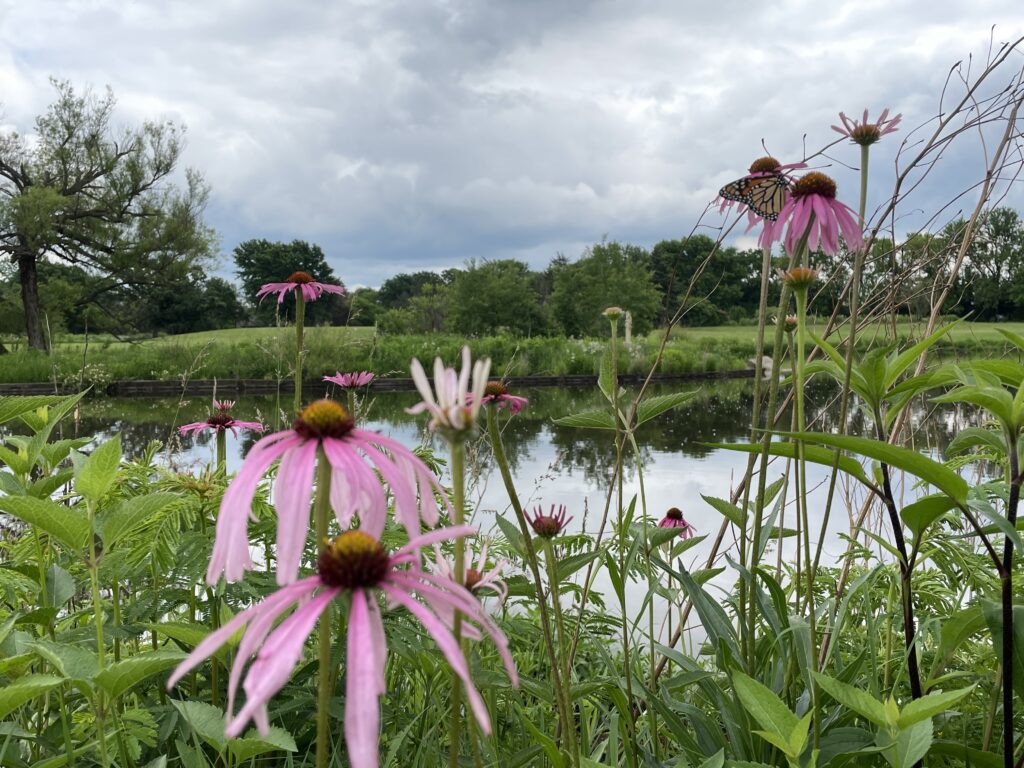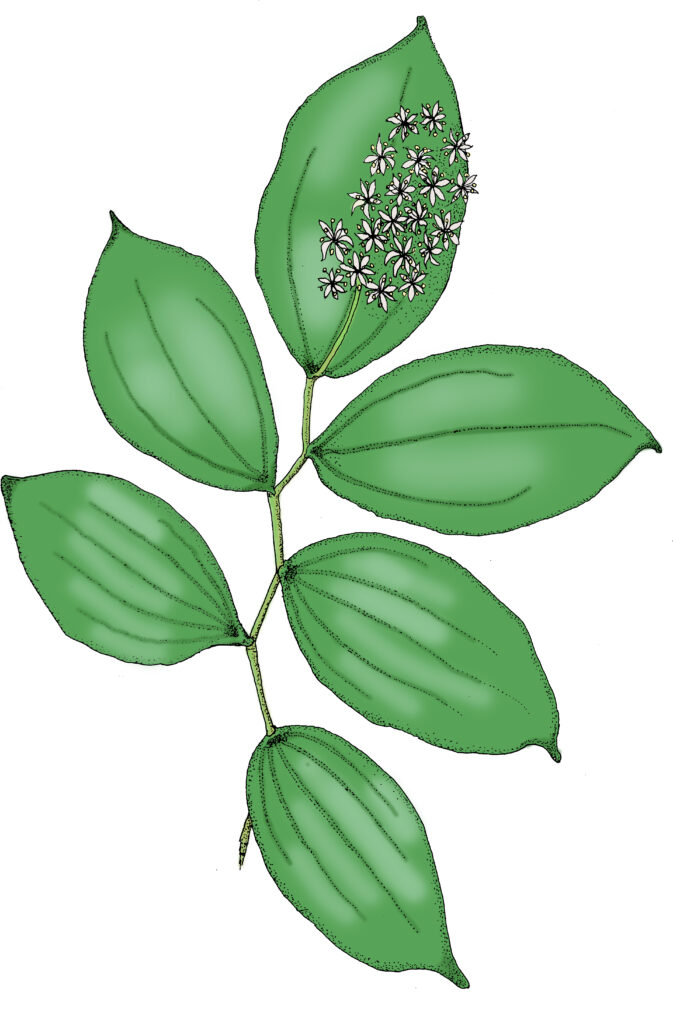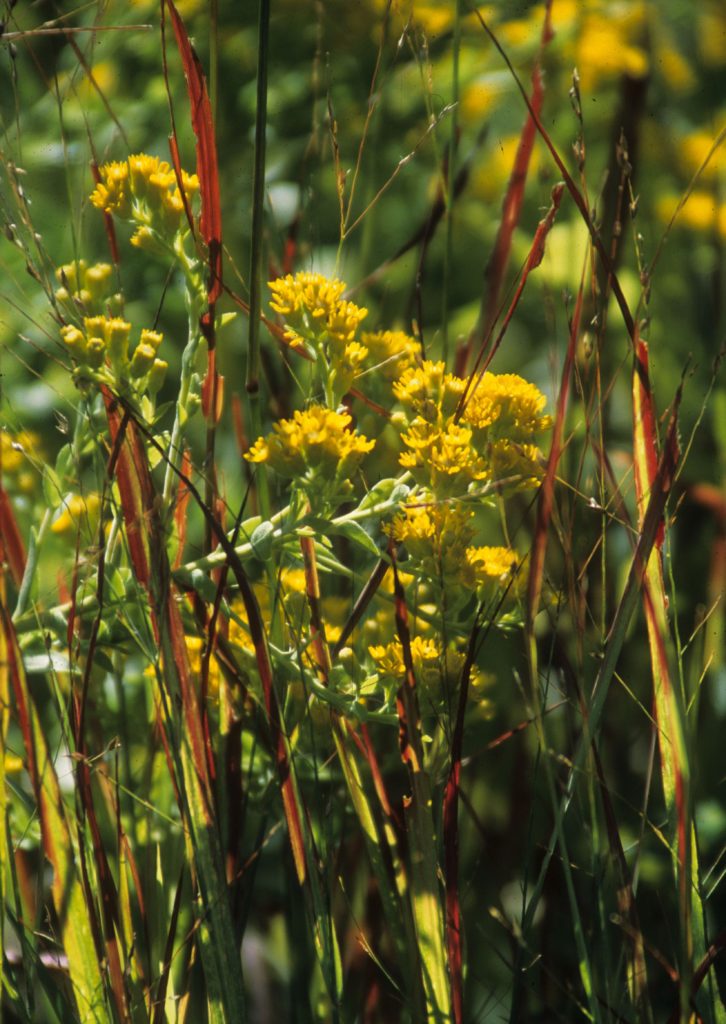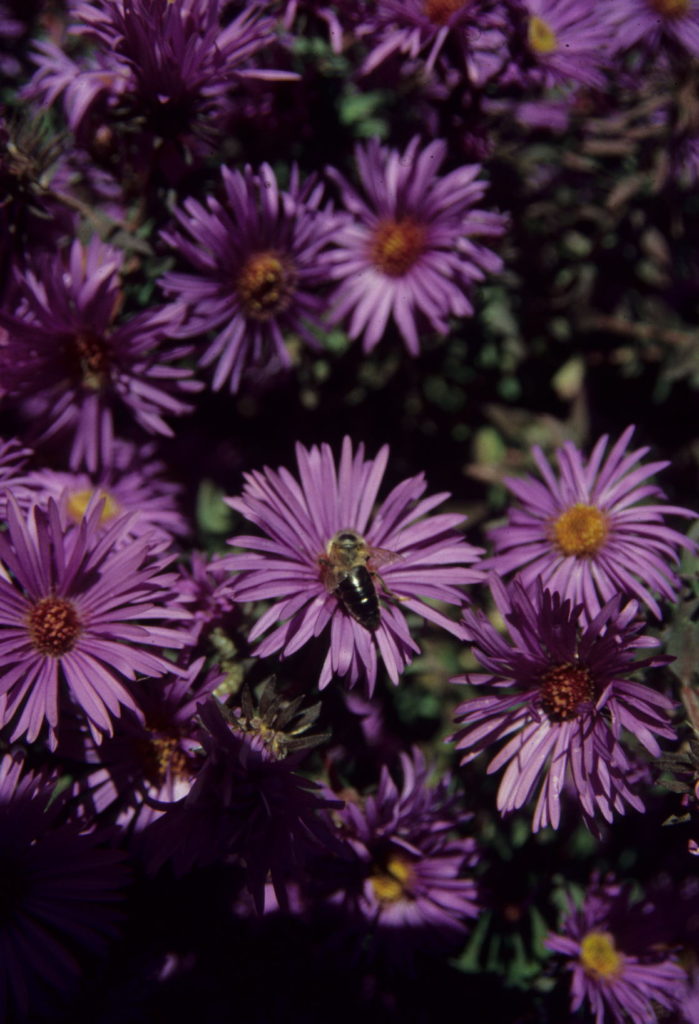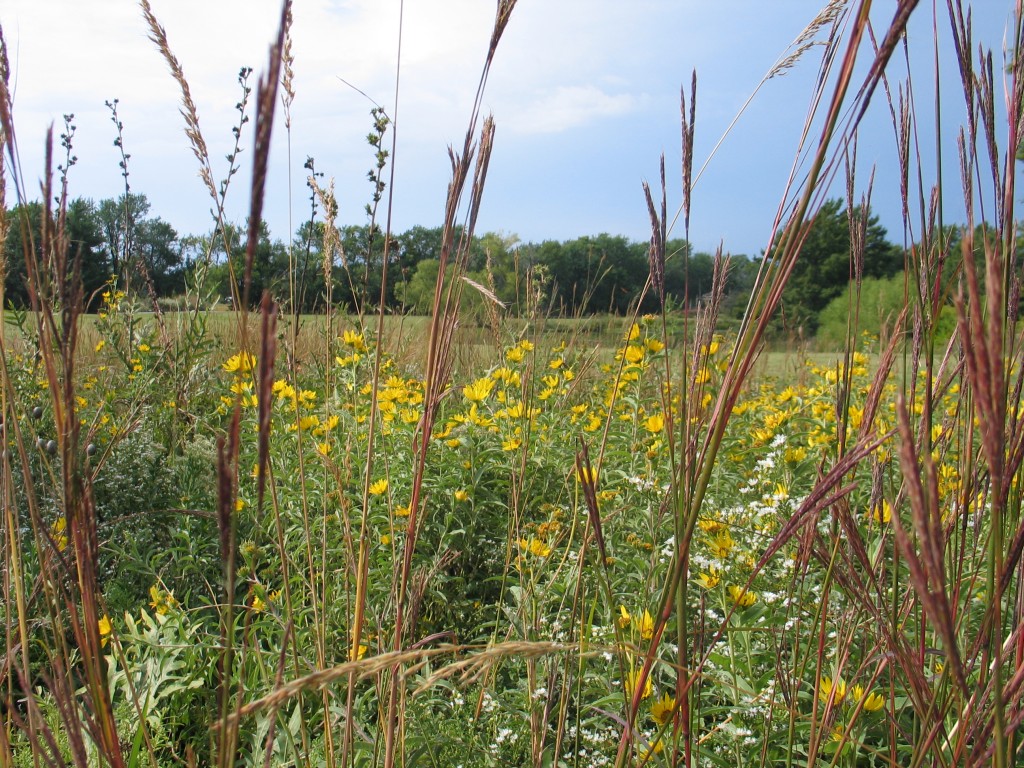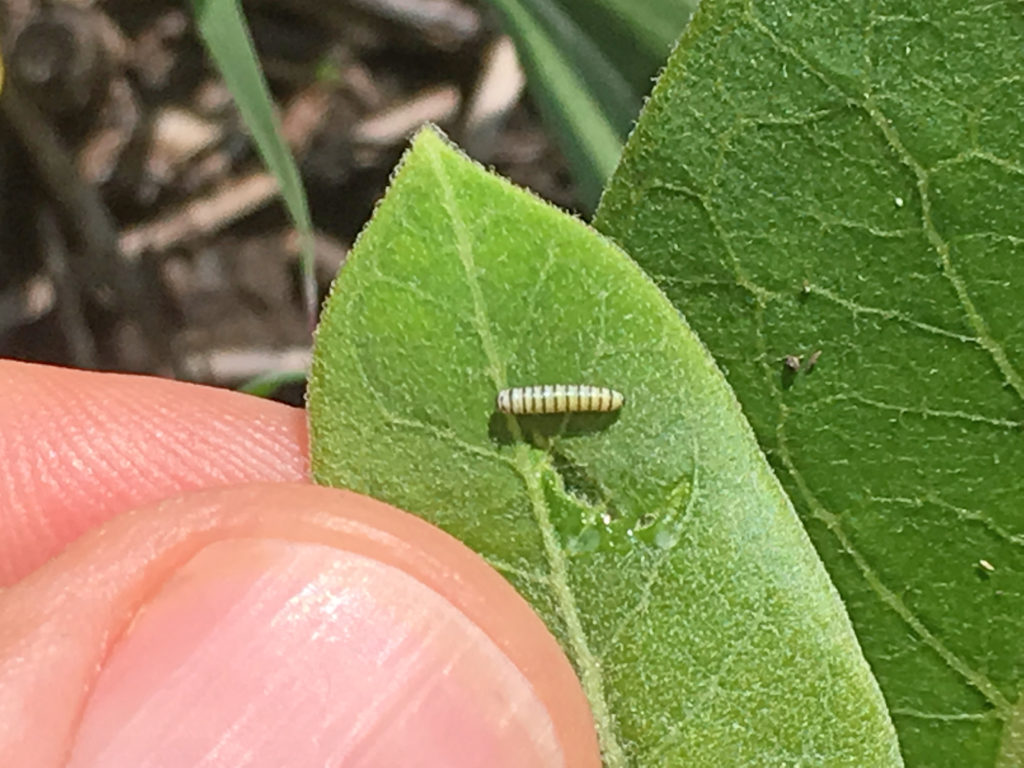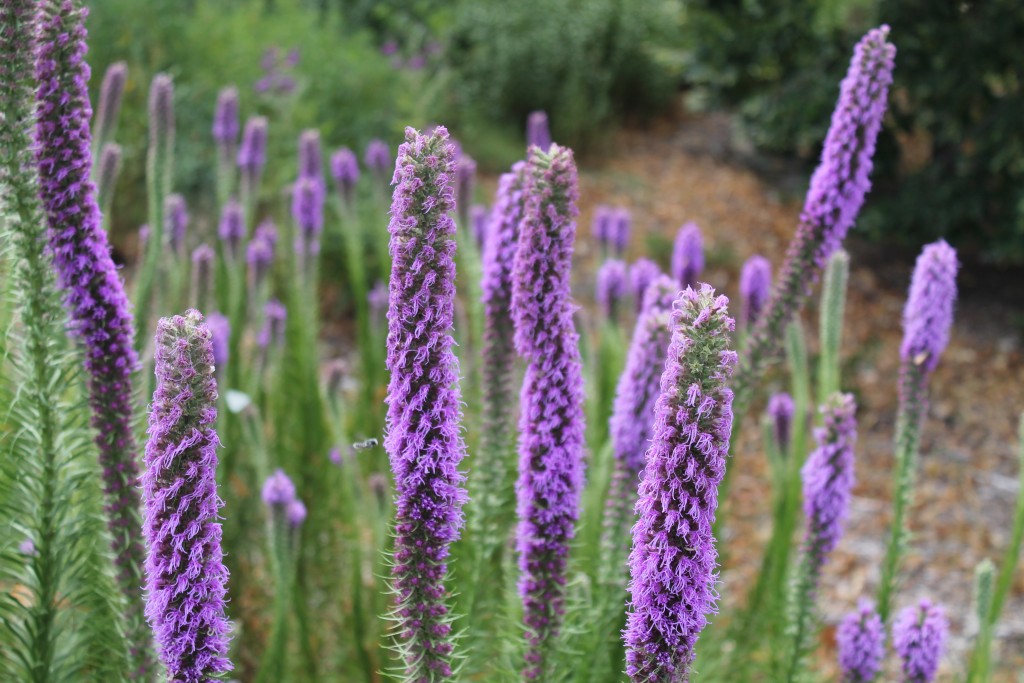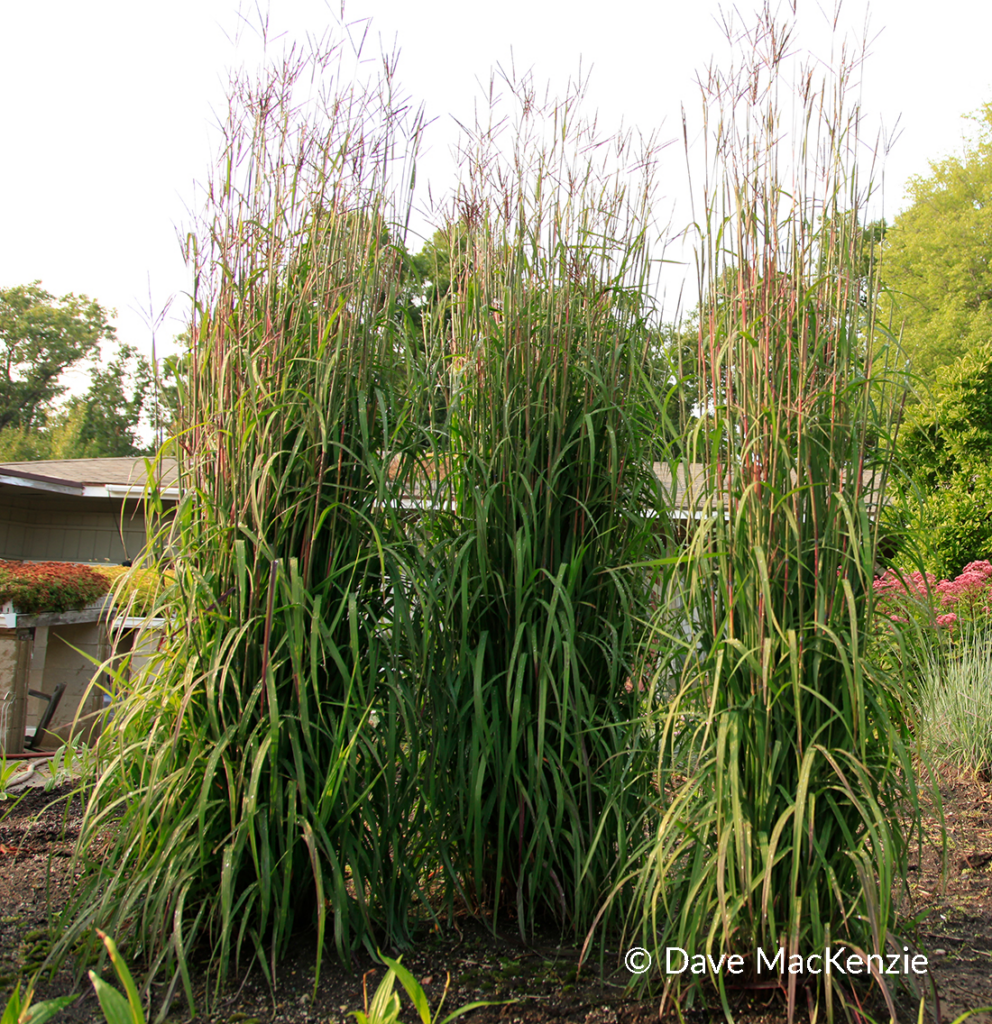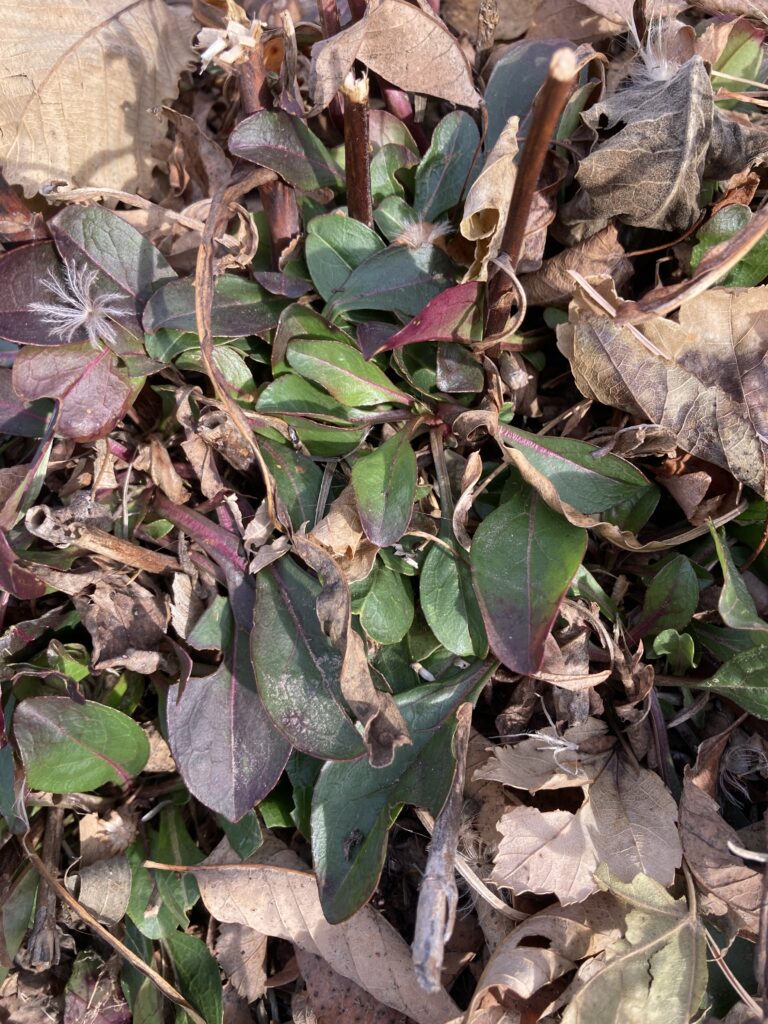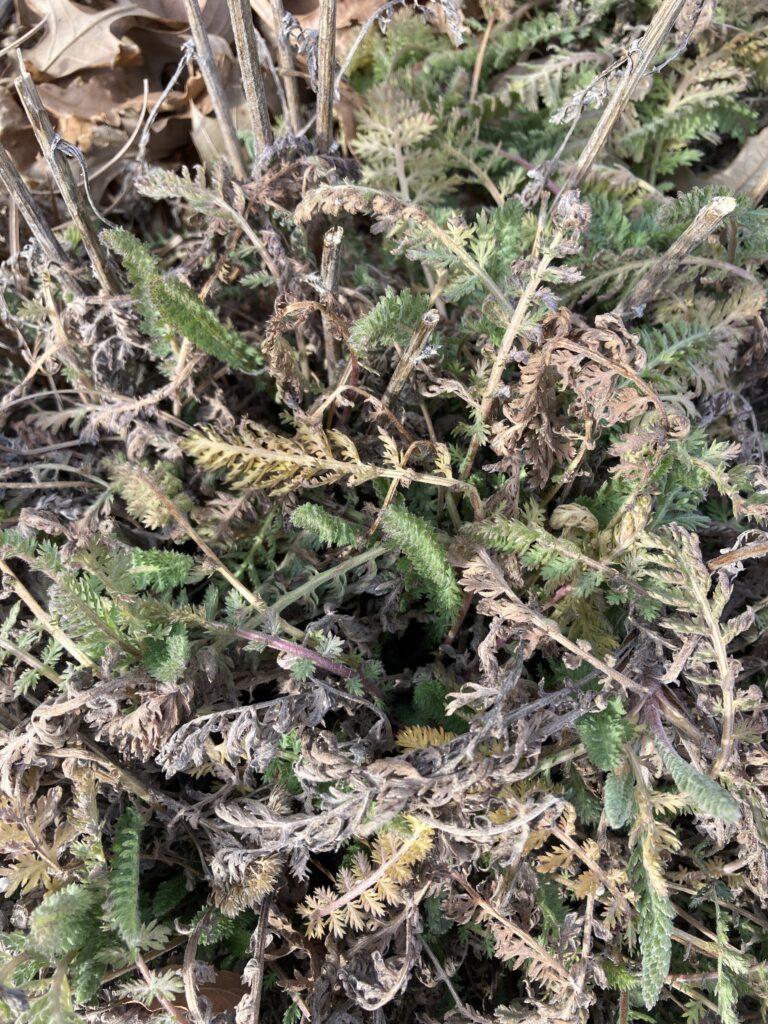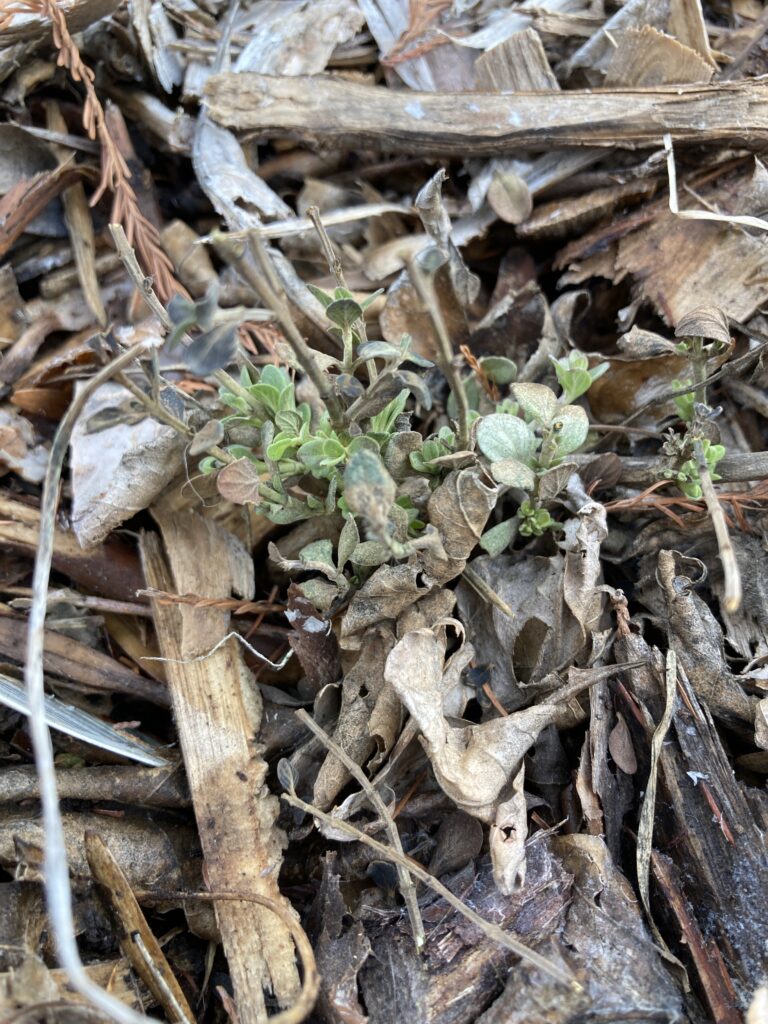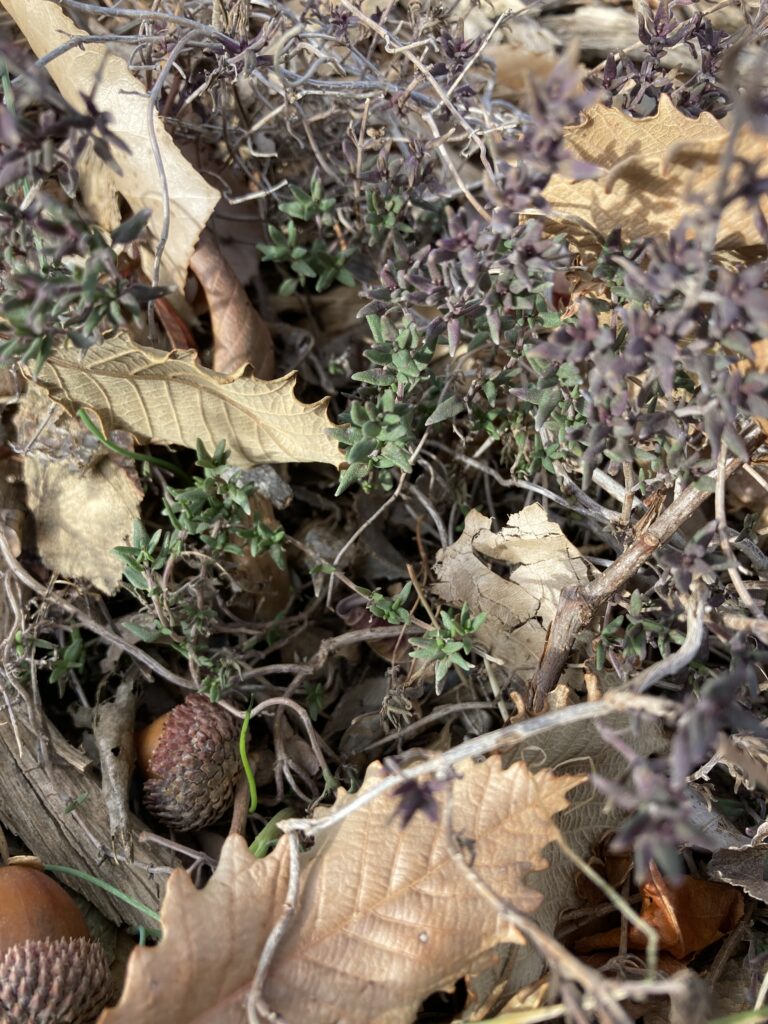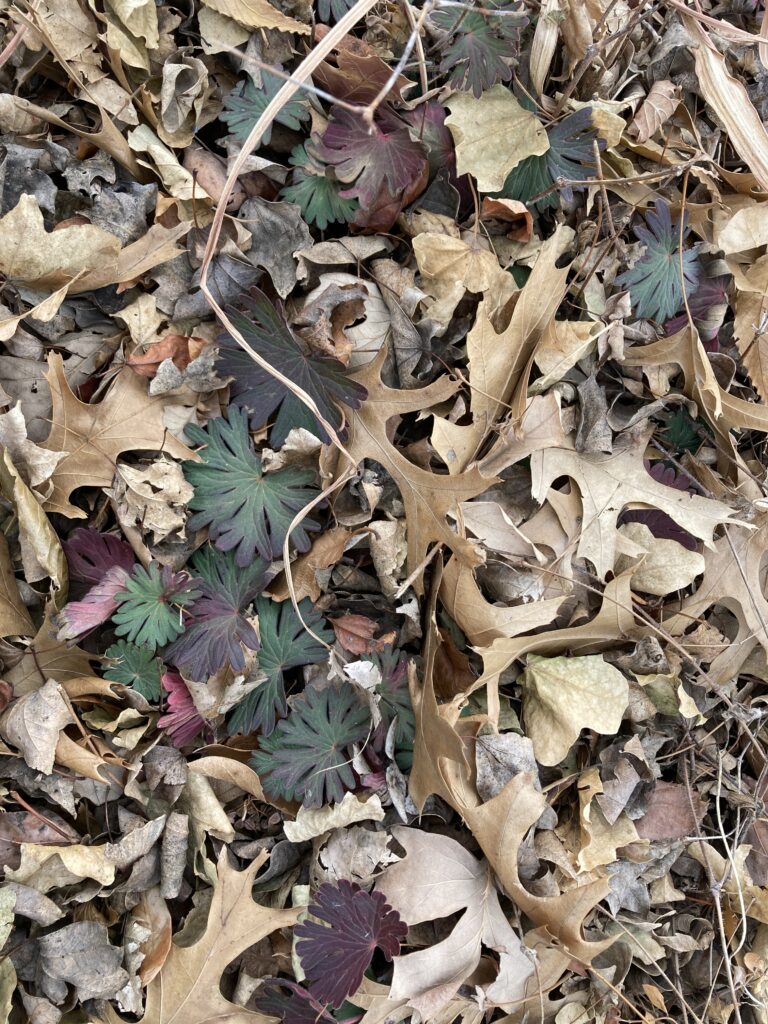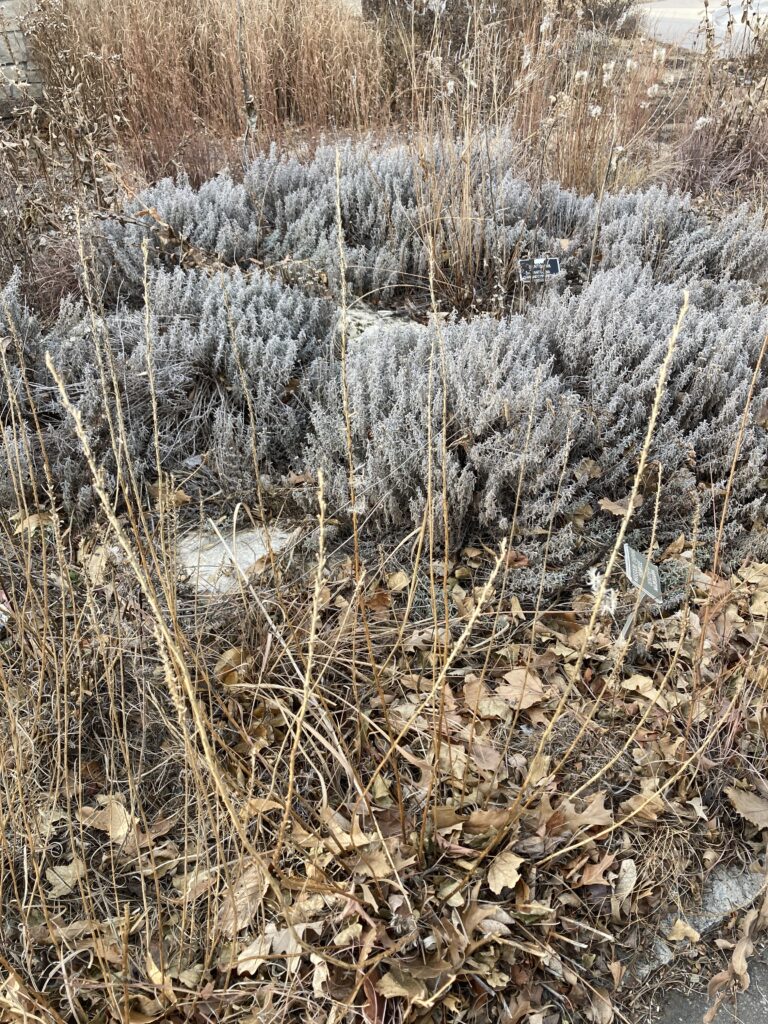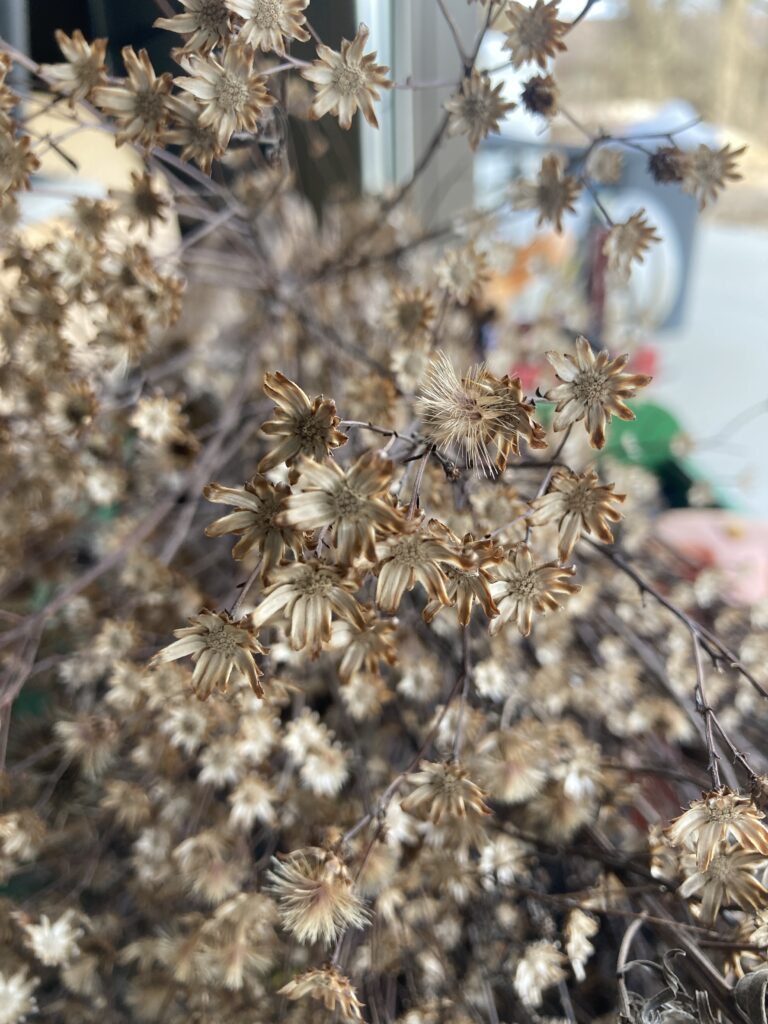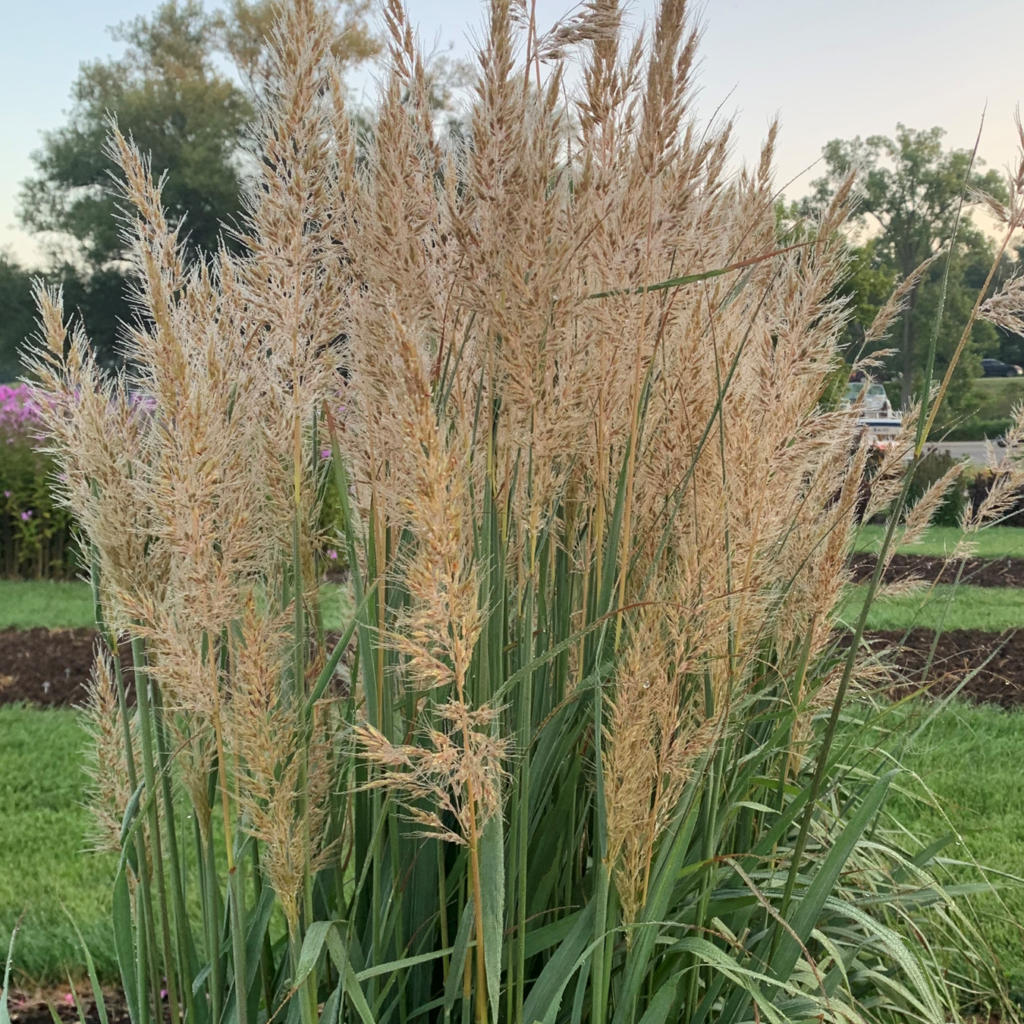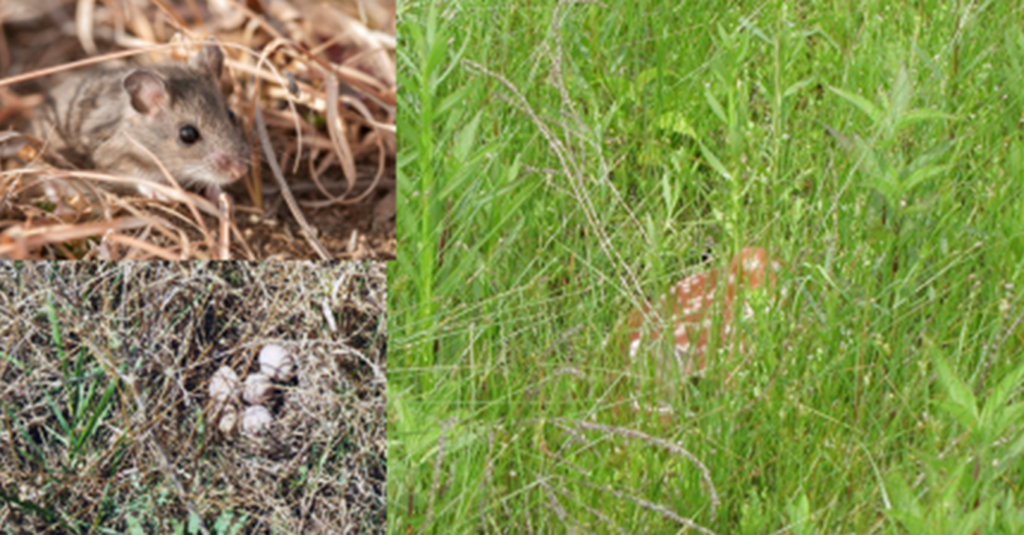One of the more common landscaping conundrums is deciding what to plant on steep slopes or hillsides. These areas require plants that can establish quickly, have fibrous root systems, that hold soil to control erosion, are tolerant of fluctuating soil moisture and potentially poor nutrient availability, and require little care once established.
Slopes and hillsides are already challenging because of sun exposure, and the degree of the slope only exacerbates the problem. Establishing plants from seed is the most economical choice, but is also the most subject to erosion for the first 3 to 5 years until plants get established. Often, turf grass such as fescue, buffalograss, or bermuda grass is the first groundcover choice for keeping soil in place, but mowing these sloped areas can be a challenge, maybe even dangerous. Turf does not create much habitat for wildlife and pollinators either.
There are many plants that will establish cover more quickly than seed. These native plants offer a lower maintenance alternative to a mowed lawn. The following list is just a start. Remember to plant more densely (1-2 feet apart) so the area gets completely covered with plants quickly.
Grasses
The following grasses, with their extensive fibrous root systems are ideal plants to stabilize a steep area and prevent soil erosion.
- Andropogon geradii (Big Bluestem)
- Bouteloua curtipendula (sideoats grama)
- Chasmanthium latifolium (River oats)-Can grow in sun or shade but is aggressive. It will spread by seed and rhizomes to crowd out most other plants.
- Elymus canadensis (Canada wildrye)
- Panicum virgatum (Switchgrass)
- Schizachyrium scoparium (little bluestem)
- Sporobolus heterolepis (prairie dropseed)
Wildflowers
- Achillea millifolium Yarrow
- Allium cernuum Nodding onion
- Amsonia sp. Blue star
- Aquilegia canadensis Columbine
- Asclepias tuberosa Butterfly weed
- Baptisia australis False blue indigo
- Dalea purpurea Purple Prairie Clover
- Echinacea purpurea Purple coneflower
- Eutrochium (Eupatorium) maculatus Joe-pye weed
- Filipendula rubra Queen-of-the-prairie
- Liatris pycnostachya Prairie blazing star
- Liatris spicata Dense blazing star
- Rudbeckia sp. Black-eyed Susan
- Penstemon digitalis Penstemon
- Symphyotrichum oblongifolium Aromatic aster
- Solidago sp. goldenrod
- Tradescantia ohiensis Spiderwort
- Veronicastrum virginicum Culver’s root
Trees and Shrubs
- Amelanchier canadensis Serviceberry
- Cercis canadensis Redbud
- Coruns sp. Dogwood
- Crataegus viridis Hawthorn
- Heptacodium miconioides Seven Son Flower
- Ilex verticillata Winterberry holly
- Lonicera reticulata Grape honeysuckle
- Prunus Americana Wild Plum
- Prunus sp. Sand cherry
- Prunus virginiana Chokecherry
- Rhus aromatica Fragrant sumac
- Sambucus canadensis Elderberry
- Viburnum prunifolium Blackhaw Viburnum
If the erosion is already very serious, you might want to consider using erosion-control blankets to stabilize the erosion area until the plants can take over the job. The erosion-control fabric works by slowing the runoff water and allowing sediments to fall out rather than be washed away. Choose a mat that will decompose over time, e.g. straw or jute, rather than something made of plastic. Start by slicing a small opening in the mat so plants can be put into the soil beneath. I recommend hand watering during establishment as much as possible since sprinkler irrigation can increase soil erosion.
For more gentle slopes, heavy mulch or pea gravel can be used to control erosion during establishment. Each slope situation is unique, but if you can, the best strategy for stabilizing a slope with plants is to establish vegetation at multiple levels—plant trees, shrubs, grasses and wildflowers. A multi-level canopy will do the best job of intercepting and slowing precipitation before it hits the ground, reducing surface erosion. Different vegetation types also provide both deep and spreading roots that stabilize the entire soil profile. Generally, it takes 2-4 years to get these plants fully established and roots anchored into the slope.
